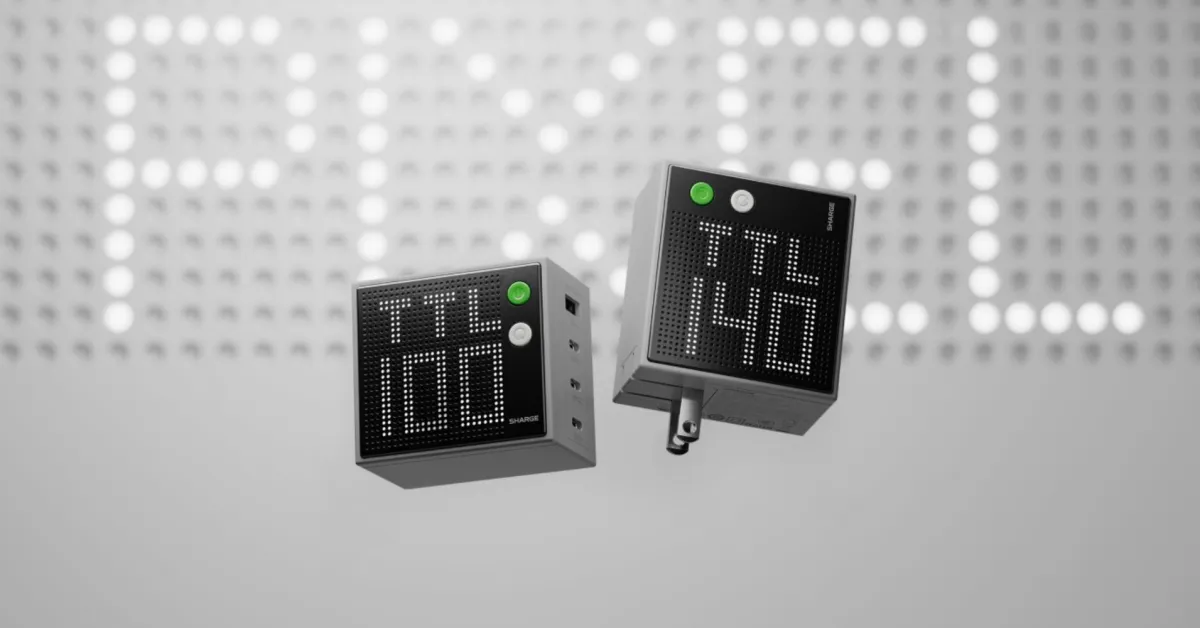Copyright news18

Astronomers detected the largest and most distant flare ever recorded from a supermassive black hole- an eruption so powerful that researchers have nicknamed it “Superman.” The flare, spotted 10 billion light-years away, briefly shone with the brightness of 10 trillion suns, making it the most luminous event of its kind ever observed. The flare originated from an active galactic nucleus (AGN)- a hyper-bright region at the center of a galaxy powered by a supermassive black hole feeding on nearby material. As gas and dust spiral toward the black hole, they heat up and emit intense radiation but the scale of this flare left astronomers stunned. A Black Hole’s Massive Meal Researchers said that the supermassive black hole likely tore apart and devoured a giant star, at least 30 times the mass of our Sun. This kind of event, called a tidal disruption event, occurs when a star wanders too close and gets shredded by the black hole’s gravity. Matthew Graham of the California Institute of Technology, lead author of the study published in Nature Astronomy said, “Only about 1 in 10,000 AGN show flaring activity, but this one is so extreme it’s essentially a one-in-a-million event.” Astronomers said the flare is still ongoing, meaning the black hole is actively consuming what remains of the star- a process Matthew Graham compared to “a fish only halfway down the whale’s gullet.” A Discovery Years In The Making The flare was first detected in 2018 by the Catalina Real-Time Transient Survey and the Zwicky Transient Facility (ZTF) in California. At the time, the object appeared unusually bright but not extraordinary. Years later, when researchers re-examined the data and conducted follow-up observations using telescopes such as the Keck Observatory in Hawaii, they realized the event was far more powerful than first thought. Further analysis revealed that the black hole responsible is roughly 500 million times the mass of the Sun. The previous record-holder for such an event- a flare called “Scary Barbie”- involved a black hole consuming a star between three and ten times the Sun’s size. “Superman” far surpasses that.



